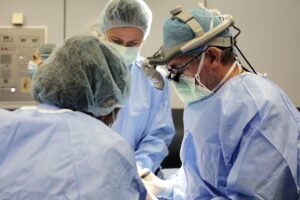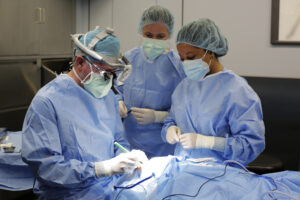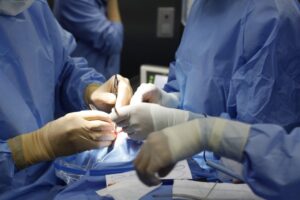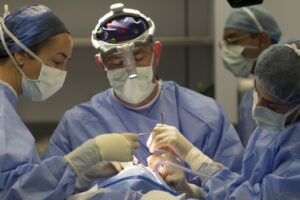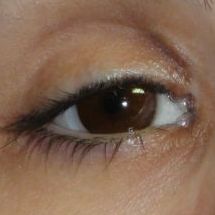Treatments
Eye orbit surgery
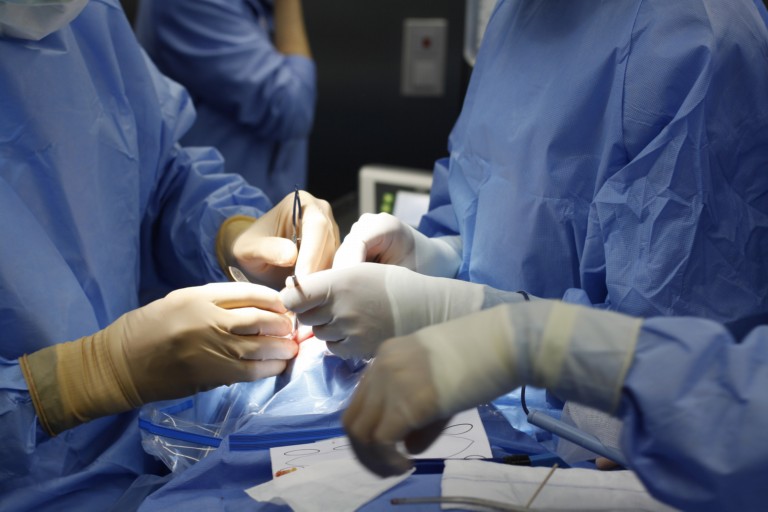
What does eye orbit surgery involve?
Eye orbit surgery includes any type of surgical procedure we apply to the cavity that contains the eyeball and its functional structures. This includes the optic nerve and its vascular network, the muscles responsible for moving the eyes and focusing, the upper and lower eyelids, the periorbital fat, the lacrimal gland and the bones that form the conical receptacle where all these tissues are located. Therefore, many structures are involved that are necessary both for the visual process and the appropriate protection of the eye.
Due to this complexity, it is important that orbital surgery be performed by ophthalmologists specialising in oculoplastics to preserve vision and eye health, while ensuring the best possible balance with facial aesthetics.
Techniques
Miranza’s specialists are national benchmarks in eye orbit surgery, which they perform using minimally invasive techniques, whose primary goal is to solve a functional as well as an aesthetic problem. In some extreme cases, this surgery avoids a vital risk, which is why expert handling is essential. The most outstanding techniques are:
Eye diseases treated by orbital surgery
Orbital surgery ranges from orbital fractures – relatively frequent when a blow to the face or a fall occurs – to malformations that prevent the eyeball from functioning normally within the eye socket or diseases that require modification this receptacle so as not to cause visual issues. It is also a necessary surgery against some tumours that can compromise vision, the eye and even general health.
Recovery
The fact that we perform outpatient techniques that do not require admission and that we generally perform them under local anaesthesia and sedation allows us to ease your recovery. After eye orbit surgery, you may notice the eye is more swollen or bruised than usual, as well as some difficulty in opening or moving your eyes. It is part of the postoperative process, and you will see how the discomfort will gradually decrease.
Your surgeon will explain the treatment to be followed, the schedule of follow-up visits and some recommendations for the first weeks, since, although you will be able to lead a normal life, it is advisable that you avoid sudden efforts or direct contact with the eye.
